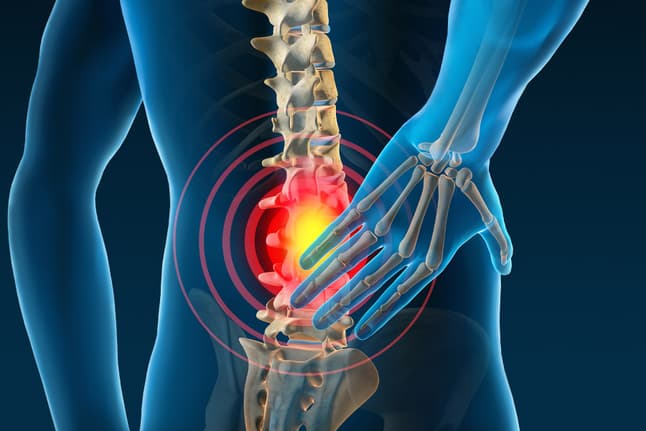
Although exercise and physical activity are widely recommended for people in pain, researchers are still investigating how and why it works, as well as the best dose for pain relief. The traditional view of how exercise helps relieve pain has focused on how it affects the structures surrounding the spine – for example, by increasing the strength of the muscles in the spine and abdomen. While research backs up these theories, they don't entirely explain why exercise can help with back pain. There's emerging evidence that exercise causes favorable changes to some nervous system functions, including the brain. Essentially, exercise affects our pain perception by lowering our sensitivity to potentially harmful stimuli. Exercise-induced hypoalgesia is the term for this occurrence.
A single bout of high-intensity aerobic exercise (such as cycling or running for 15 minutes) can trigger these pain-relieving effects for up to 30 minutes in pain-free adults, according to research. These pain-relieving effects are underpinned by several interacting mechanisms within the nervous system, most notably the release of the body's naturally produced pain relief agents, such as endocannabinoids, adrenaline, noradrenaline, endorphins, and serotonin. These chemical signals not only serve to relieve pain, but they also improve mood. This is a significant benefit because pain is known to be controlled directly by one's thoughts and feelings, as well as our perception of pain control.
Another important mechanism hypothesized to be involved in exercise-induced hypoalgesia is neuroplasticity, or the creation of new and beneficial connections within the neural system. While research into the exact mechanisms that underpin exercise-induced hypoalgeisia continues, the good news is that exercising despite pain can help to activate these pain-relieving effects.
Thankfully, no specific workout or activity is required to relieve low back discomfort. Physical activity (the total amount of movement we get per day) and exercise of any kind can be beneficial. However, this does not mean you should start running or lifting weights and expect it to solve your back pain. To avoid injury, customize your workout to your existing ability and gradually increase the intensity. Most importantly, do something you enjoy and are likely to continue with - this will aid in pain relief and, perhaps, prevent it from returning.
There are also numerous simple ways to increase your daily physical activity by interspersing little bursts of exercise throughout your day, such as walking up and down your stairs every couple of hours. Reduce the amount of time you spend sitting or consider using a standing desk. Back pain is rarely caused by something significant. It's usually caused by small sprains or strains, and it goes away in a few weeks. The best things we can do are stay active and exercise, which are often recommended above injections or surgery. Even if your back pain is chronic and lasts for several months or more, increasing your physical activity and exercising is one of the most effective strategies to manage it.
#HongKong #Health #Exercise #BackPain #GuardianFitnessHK #hkfitness